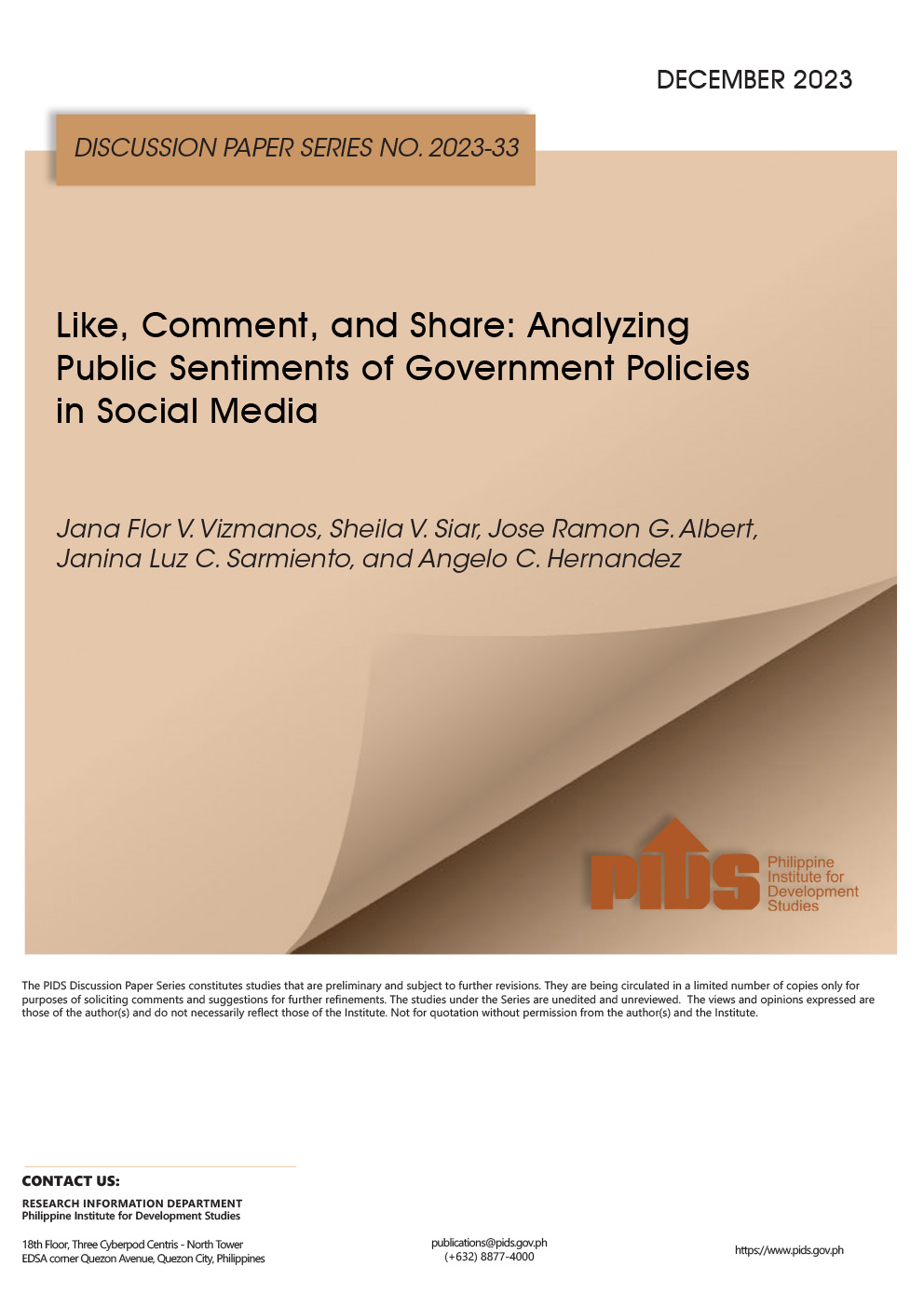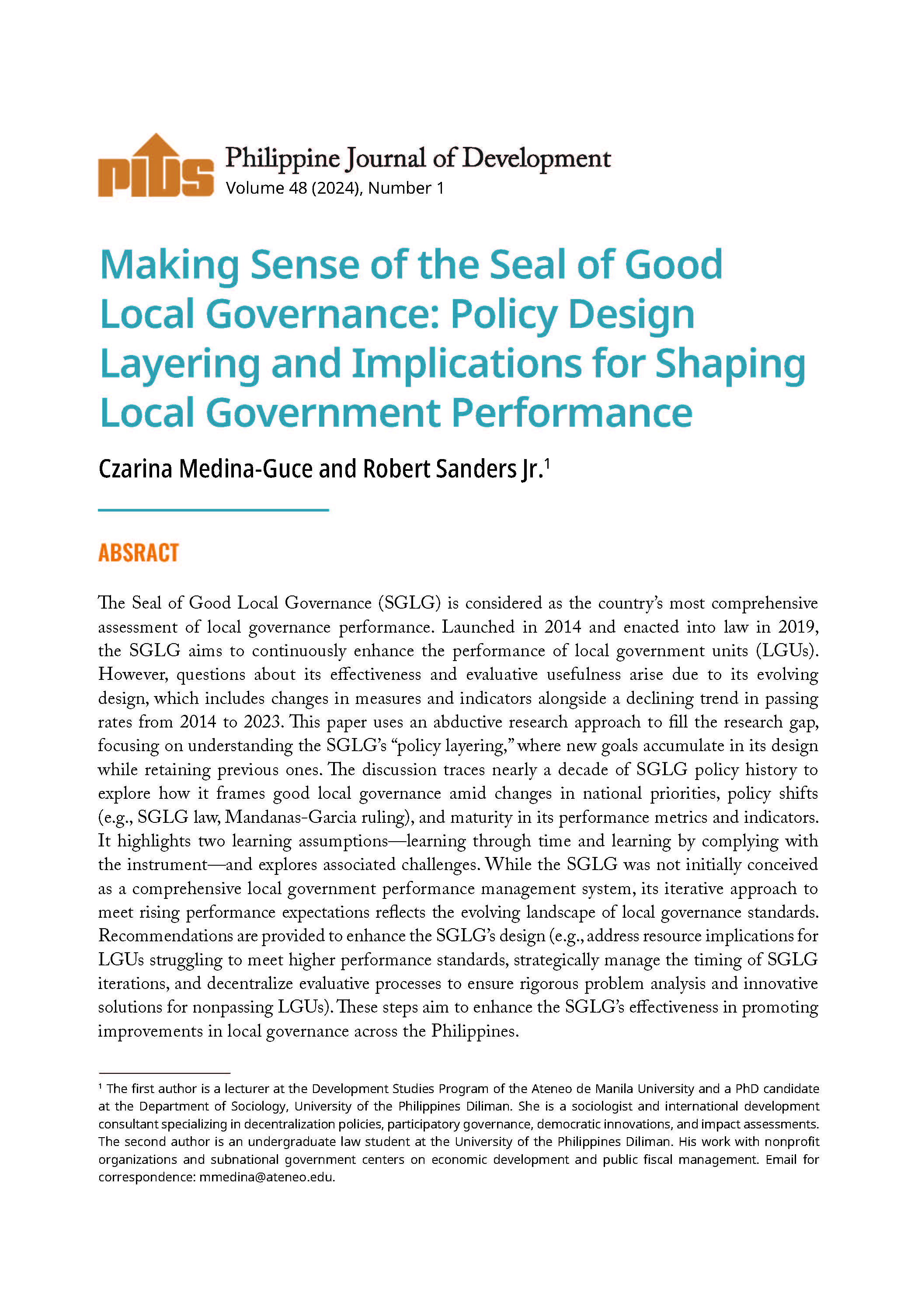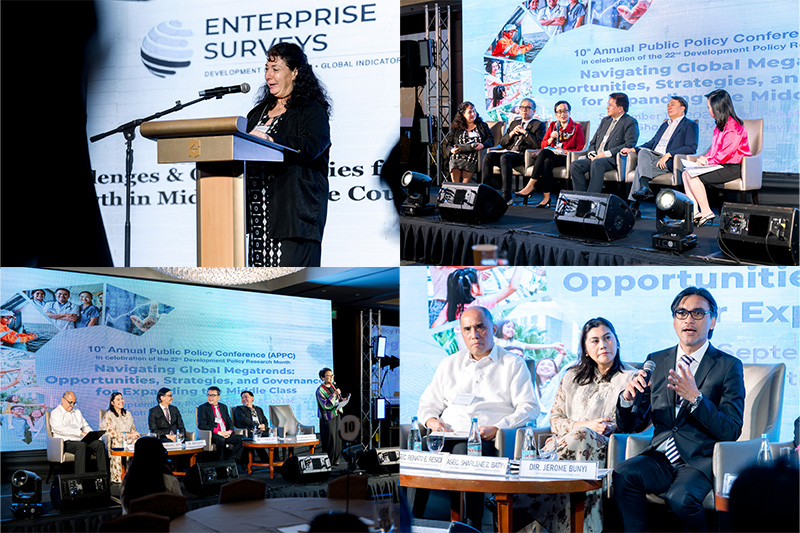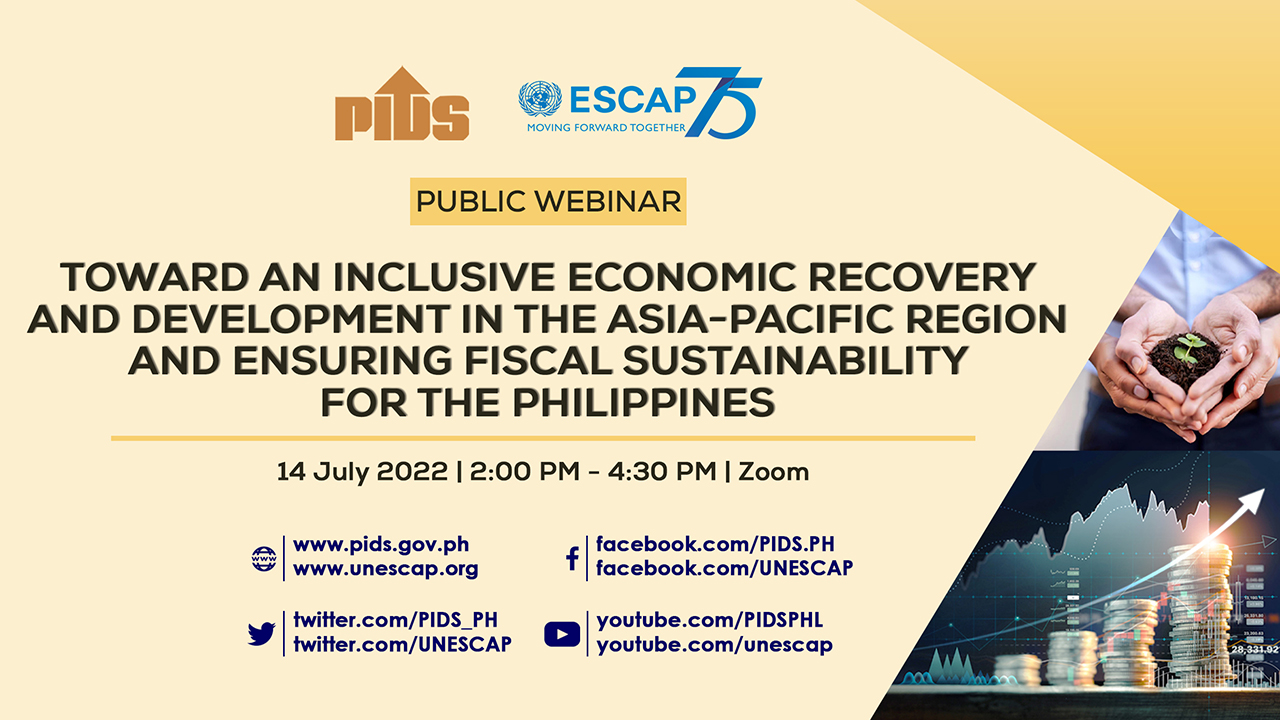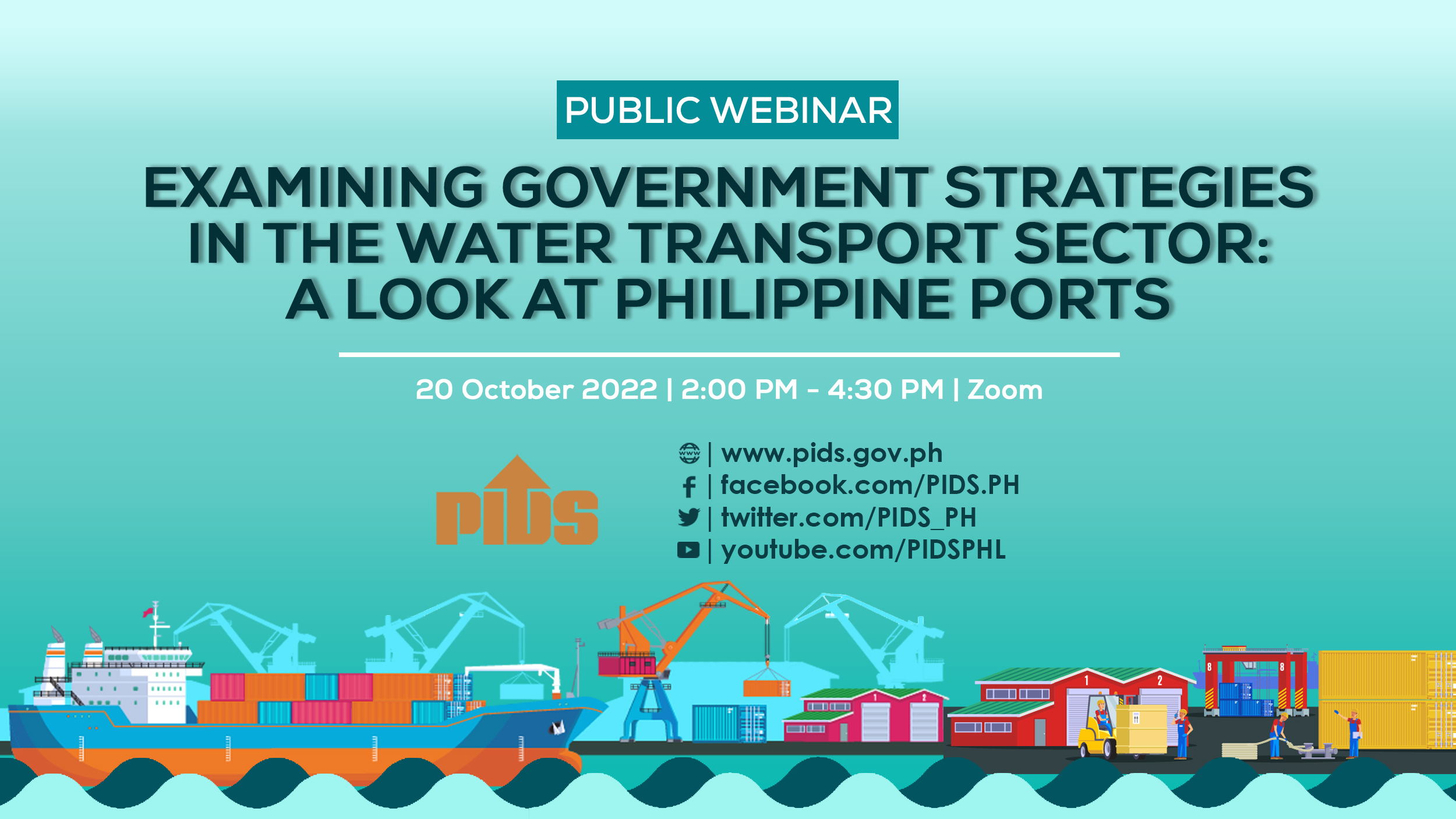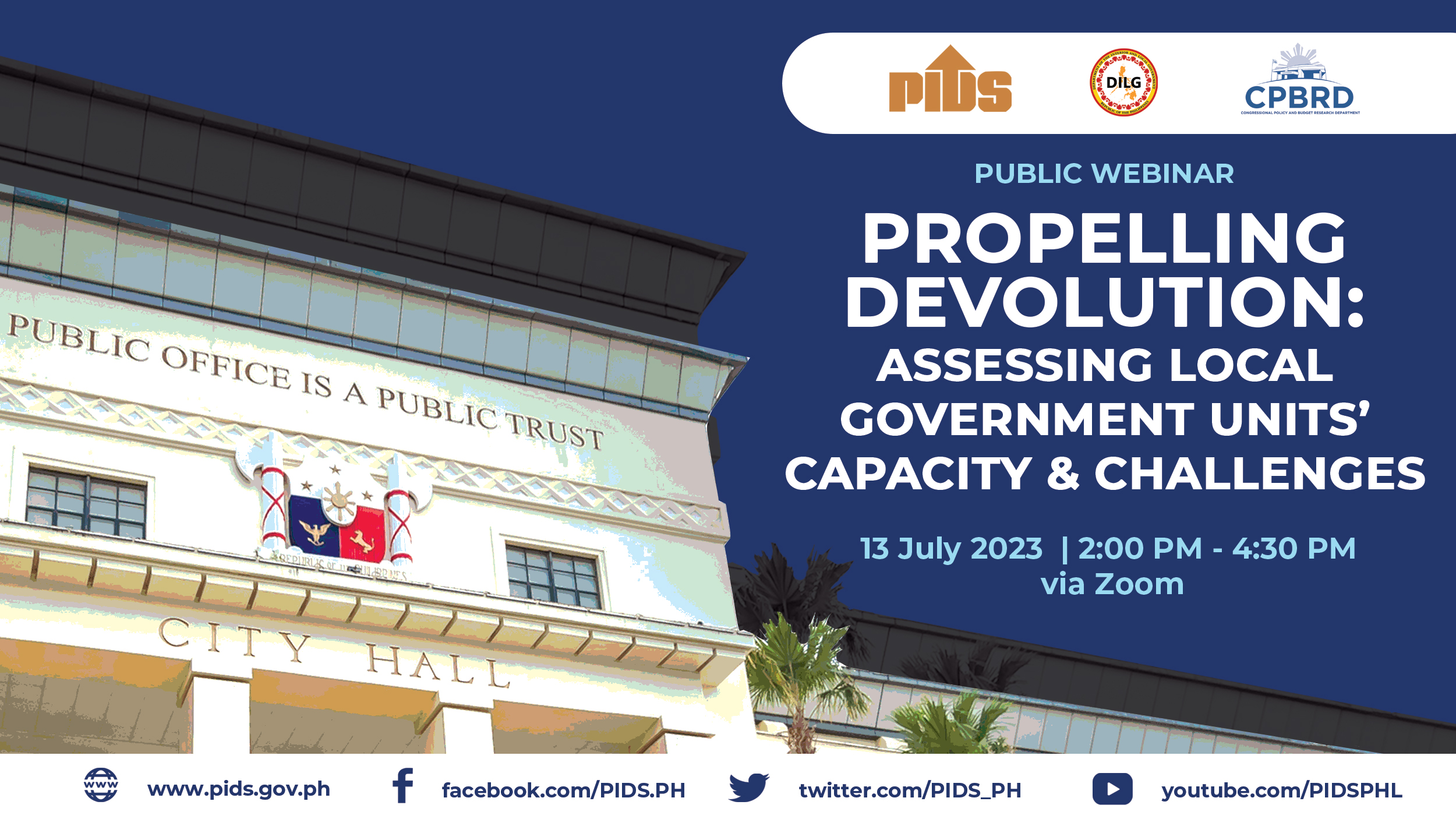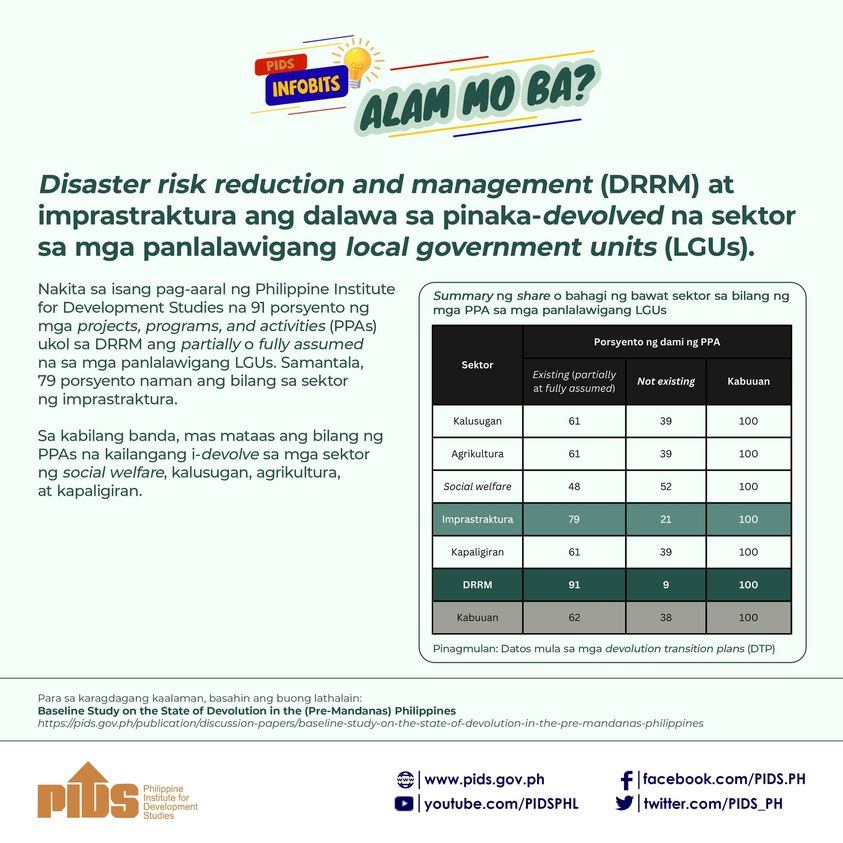MANILA, Philippines — There is strong likelihood of a so-called V-shape economic recovery for the Philippines, characterized by a sharp decline in growth followed by a robust resurgence, acting Socioeconomic Planning Secretary Karl Chua said yesterday.
“There is a very good chance (for a V-shape recovery) and we will use our policies today and proactively chart it,” he said in an interview with ANC.
Amid the onslaught of the coronavirus disease 2019 or COVID-19 pandemic on the economy, other recovery scenarios assumed would be the so-called W-shape, in which recovery will be swift, but mistakes in the handling of the public health situation will result into another slump, while a U-shape recovery will be characterized by several quarters of economic slump before recovery.
Under a V-shape recovery scenario, Chua said recovery may start by July as quarantine restrictions are eased in more areas from the severity of the enhanced community quarantine still in effect in areas with high risk of transmission such as the National Capital Region.
“My take on this is we can chart our own trajectory by making the right decisions today. Being proactive and I think we started well with the enhanced community quarantine (ECQ). During that time we put a lot of money into our healthcare system,” he said.
By prioritizing the health of the population and being careful about the timing of the easing of quarantine restrictions, Chua said a second or third wave of infections could be prevented, paving the way for an uninterrupted recovery.
“We have started to see much progress in our health system and the rise in the number of cases have slowed down. There are now more recoveries than deaths. So this is a good sign. Two-thirds of the country is beginning to move from ECQ to general community quarantine (GCQ) so basically that opens up a lot of our economy except for the non-essentials. So I think this is a sign that we are now moving towards a recovery,” said Chua.
The government has started drafting a sustainable recovery plan to strengthen efforts to combat COVID-19 and pave for the transition to the new normal after the ECQ period in Metro Manila and other high-risk provinces lapses on May 15.
In his sixth weekly report to Congress, President Duterte said the concerned agencies have started drafting the “responsive and sustainable recover plan” dubbed “We Recover As One”.
The plan outlines the three phases of the government’s response against the threat of COVID-19, namely, response, mitigation and transition to the new normal.
Malacañang said the first draft has been circulated among the members of the Inter-Agency Task Force on the Management of Emerging Infectious Diseases (IATF) for review and recommendations.
The National Economic and Development Authority (NEDA) is currently reviewing the respective recommendations of the member agencies of IATF. The IATF also convened the inter-agency committees to formulate additional “new normal” strategies and priority programs, activities and projects for inclusion in the technical paper.
“The IATF shall share the said paper with other government agencies and the Congress as working paper for initiatives to rebuild consumer and business confidence as well as possible basis for the 2021 Budget Priorities Framework,” Duterte said in his 21-page report submitted to Congress last Monday.
According to the President, the Department of Social Welfare and Development has conducted an online conference with the coordinators of the Sustainable Livelihood Program regional program for the orientation of the Livelihood Assistant Grants program
To provide the IATF with parameter for the subsequent partial/total lift or extension/expansion of the ECQ, the President’s report said the Philippine Institute for Development Studies Health Study Team acted on the Department of Finance’s request to simulate the impact of the different policy scenarios on COVID-19 cases and deaths since April 24 to the present.
The NEDA and the DOF are working with the Asian Infrastructure Investment Bank and the Asian Development Bank on the ADB’s COVID-19 active response and expenditure support program.
The program strengthens the government’s efforts to undertake public expenditures to combat the spread of COVID-19 in the Philippines; finance programs for social protection and relief to affected individuals in the country; and provide economic stimulus for affected sectors and industries.
Also in line with recovery efforts, Chua said the government will pursue policy reforms to improve the country’s investment environment. This will include the remaining packages of the comprehensive tax reform program that aim to make the tax system simpler and fairer.
Infrastructure will also remain high on the government’s priority on the road to recovery.
Chua said infrastructure spending this year is now being reviewed by the Development Budget and Coordination Committee (DBCC) to cover more health and digital infrastructure.
“This is now being reviewed by the DBCC. What we are thinking right now is we have to reprioritize our infrastructure program. We have to give more space to health infrastructure and digital infrastructure as those are important in the new normal,” he said.
“But we have to select the projects that will have the most economic impact. Those that will get us back to pre-crisis growth rates and economic levels. We have a good chance of completing a lot of the flagship programs and we will pursue them in the next two-and-a-half years.”
“There is a very good chance (for a V-shape recovery) and we will use our policies today and proactively chart it,” he said in an interview with ANC.
Amid the onslaught of the coronavirus disease 2019 or COVID-19 pandemic on the economy, other recovery scenarios assumed would be the so-called W-shape, in which recovery will be swift, but mistakes in the handling of the public health situation will result into another slump, while a U-shape recovery will be characterized by several quarters of economic slump before recovery.
Under a V-shape recovery scenario, Chua said recovery may start by July as quarantine restrictions are eased in more areas from the severity of the enhanced community quarantine still in effect in areas with high risk of transmission such as the National Capital Region.
“My take on this is we can chart our own trajectory by making the right decisions today. Being proactive and I think we started well with the enhanced community quarantine (ECQ). During that time we put a lot of money into our healthcare system,” he said.
By prioritizing the health of the population and being careful about the timing of the easing of quarantine restrictions, Chua said a second or third wave of infections could be prevented, paving the way for an uninterrupted recovery.
“We have started to see much progress in our health system and the rise in the number of cases have slowed down. There are now more recoveries than deaths. So this is a good sign. Two-thirds of the country is beginning to move from ECQ to general community quarantine (GCQ) so basically that opens up a lot of our economy except for the non-essentials. So I think this is a sign that we are now moving towards a recovery,” said Chua.
The government has started drafting a sustainable recovery plan to strengthen efforts to combat COVID-19 and pave for the transition to the new normal after the ECQ period in Metro Manila and other high-risk provinces lapses on May 15.
In his sixth weekly report to Congress, President Duterte said the concerned agencies have started drafting the “responsive and sustainable recover plan” dubbed “We Recover As One”.
The plan outlines the three phases of the government’s response against the threat of COVID-19, namely, response, mitigation and transition to the new normal.
Malacañang said the first draft has been circulated among the members of the Inter-Agency Task Force on the Management of Emerging Infectious Diseases (IATF) for review and recommendations.
The National Economic and Development Authority (NEDA) is currently reviewing the respective recommendations of the member agencies of IATF. The IATF also convened the inter-agency committees to formulate additional “new normal” strategies and priority programs, activities and projects for inclusion in the technical paper.
“The IATF shall share the said paper with other government agencies and the Congress as working paper for initiatives to rebuild consumer and business confidence as well as possible basis for the 2021 Budget Priorities Framework,” Duterte said in his 21-page report submitted to Congress last Monday.
According to the President, the Department of Social Welfare and Development has conducted an online conference with the coordinators of the Sustainable Livelihood Program regional program for the orientation of the Livelihood Assistant Grants program
To provide the IATF with parameter for the subsequent partial/total lift or extension/expansion of the ECQ, the President’s report said the Philippine Institute for Development Studies Health Study Team acted on the Department of Finance’s request to simulate the impact of the different policy scenarios on COVID-19 cases and deaths since April 24 to the present.
The NEDA and the DOF are working with the Asian Infrastructure Investment Bank and the Asian Development Bank on the ADB’s COVID-19 active response and expenditure support program.
The program strengthens the government’s efforts to undertake public expenditures to combat the spread of COVID-19 in the Philippines; finance programs for social protection and relief to affected individuals in the country; and provide economic stimulus for affected sectors and industries.
Also in line with recovery efforts, Chua said the government will pursue policy reforms to improve the country’s investment environment. This will include the remaining packages of the comprehensive tax reform program that aim to make the tax system simpler and fairer.
Infrastructure will also remain high on the government’s priority on the road to recovery.
Chua said infrastructure spending this year is now being reviewed by the Development Budget and Coordination Committee (DBCC) to cover more health and digital infrastructure.
“This is now being reviewed by the DBCC. What we are thinking right now is we have to reprioritize our infrastructure program. We have to give more space to health infrastructure and digital infrastructure as those are important in the new normal,” he said.
“But we have to select the projects that will have the most economic impact. Those that will get us back to pre-crisis growth rates and economic levels. We have a good chance of completing a lot of the flagship programs and we will pursue them in the next two-and-a-half years.”

